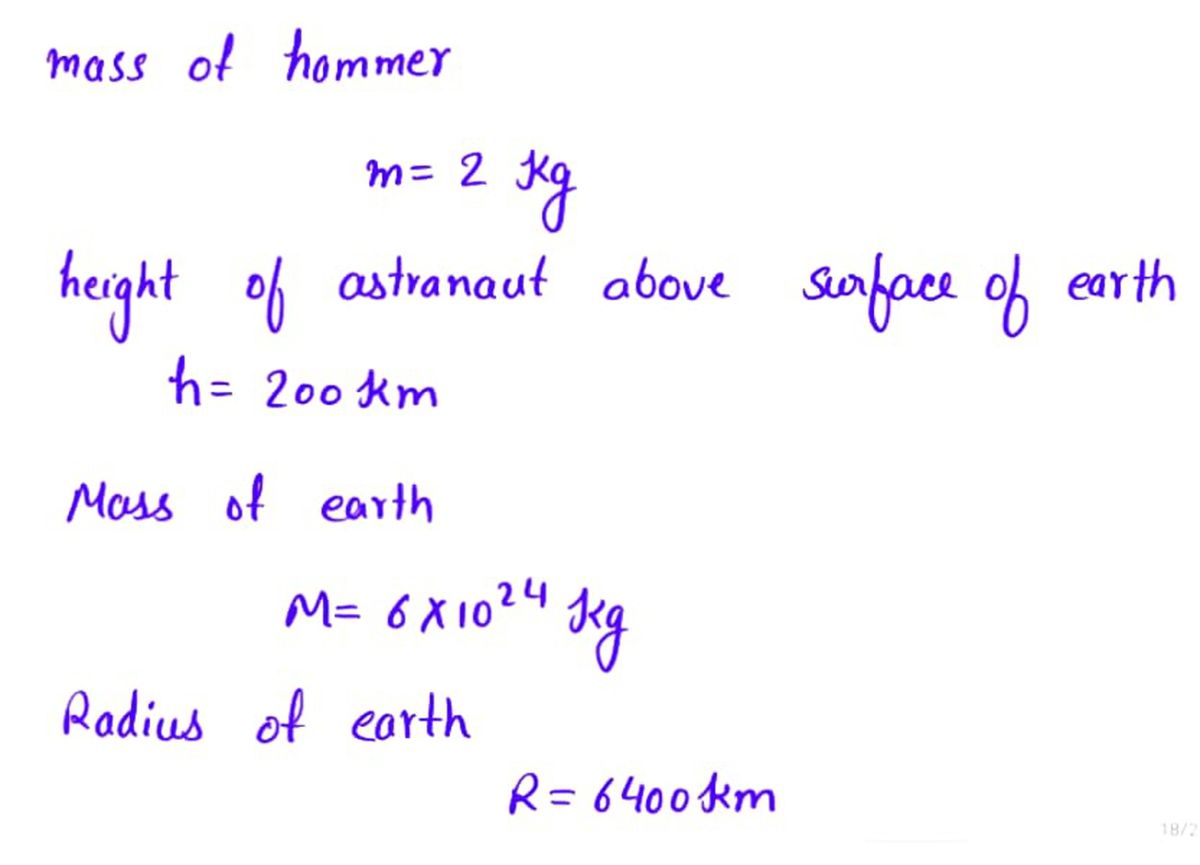n astronaut on a spacewalk 200km above Earth drops a hammer (mass 2kg), which goes into orbit about the Earth (6x10^24kg , radius 6,400km). How long does it take the hammer to orbit Earth? The force of gravity between the Earth and hammer is? a. 1.9 N b. 19 N c. 190 N d. 1,900 N e. 19,000 N
Stellar evolution
We may see thousands of stars in the dark sky. Our universe consists of billions of stars. Stars may appear tiny to us but they are huge balls of gasses. Sun is a star of average size. Some stars are even a thousand times larger than the sun. The stars do not exist forever they have a certain lifetime. The life span of the sun is about 10 billion years. The star undergoes various changes during its lifetime, this process is called stellar evolution. The structure of the sun-like star is shown below.
Red Shift
It is an astronomical phenomenon. In this phenomenon, increase in wavelength with corresponding decrease in photon energy and frequency of radiation of light. It is the displacement of spectrum of any kind of astronomical object to the longer wavelengths (red) side.
An astronaut on a spacewalk 200km above Earth drops a hammer (mass 2kg), which goes into orbit about the Earth (6x10^24kg , radius 6,400km). How long does it take the hammer to orbit Earth?
The force of gravity between the Earth and hammer is?
| a. |
1.9 N
|
|
| b. |
19 N |
|
| c. |
190 N |
|
| d. |
1,900 N |
|
| e. |
19,000 N |

Step by step
Solved in 5 steps with 5 images









